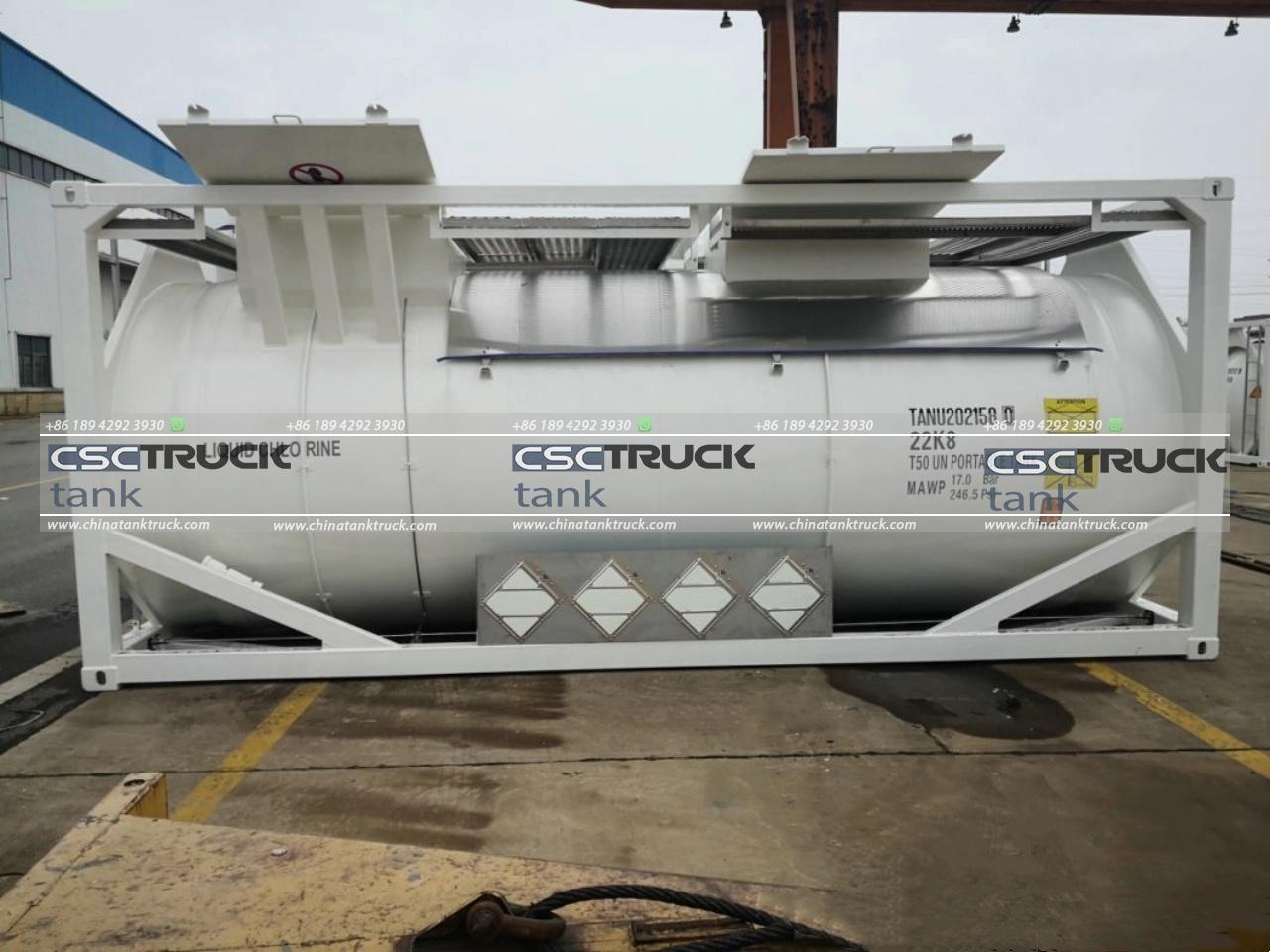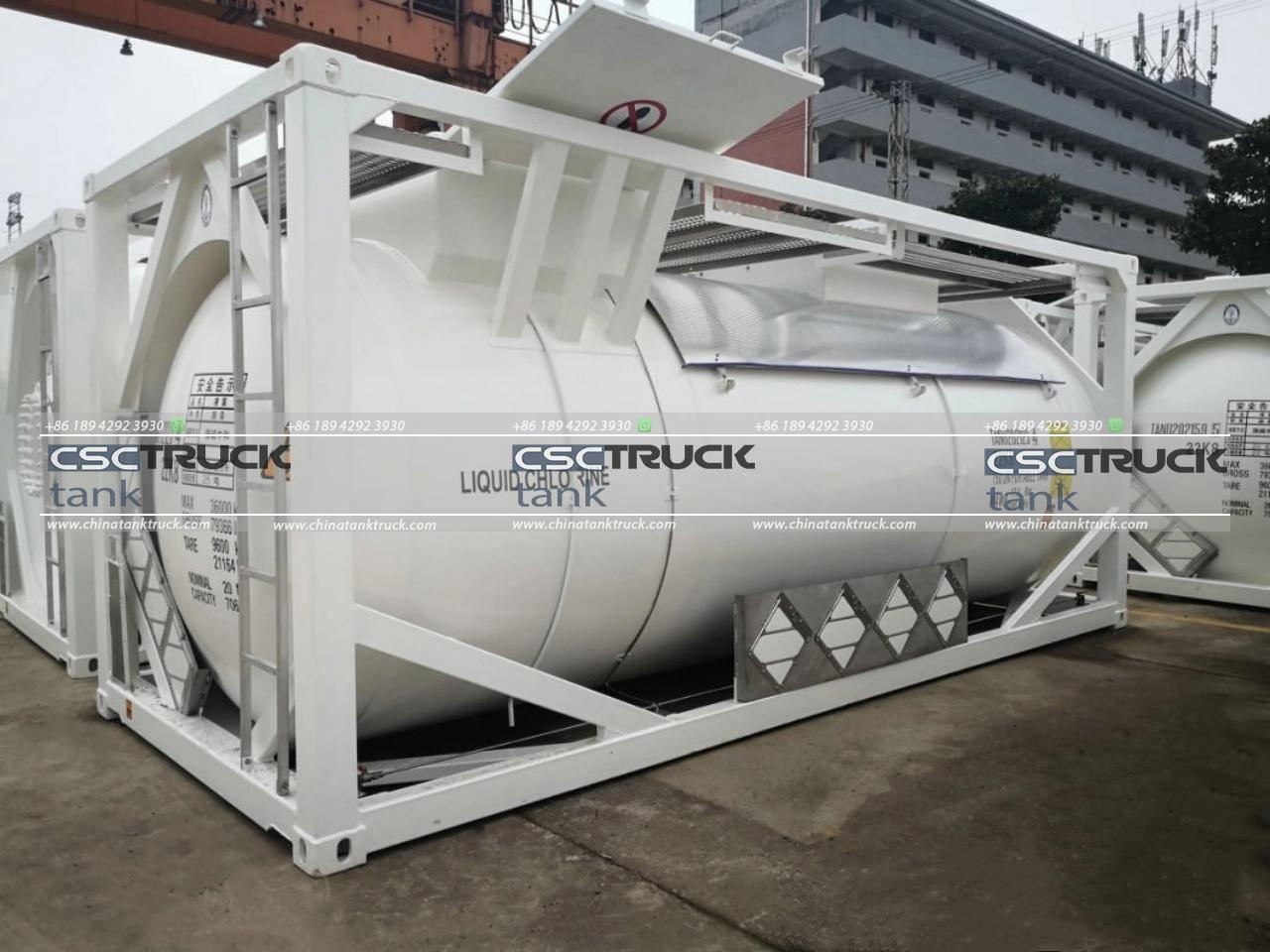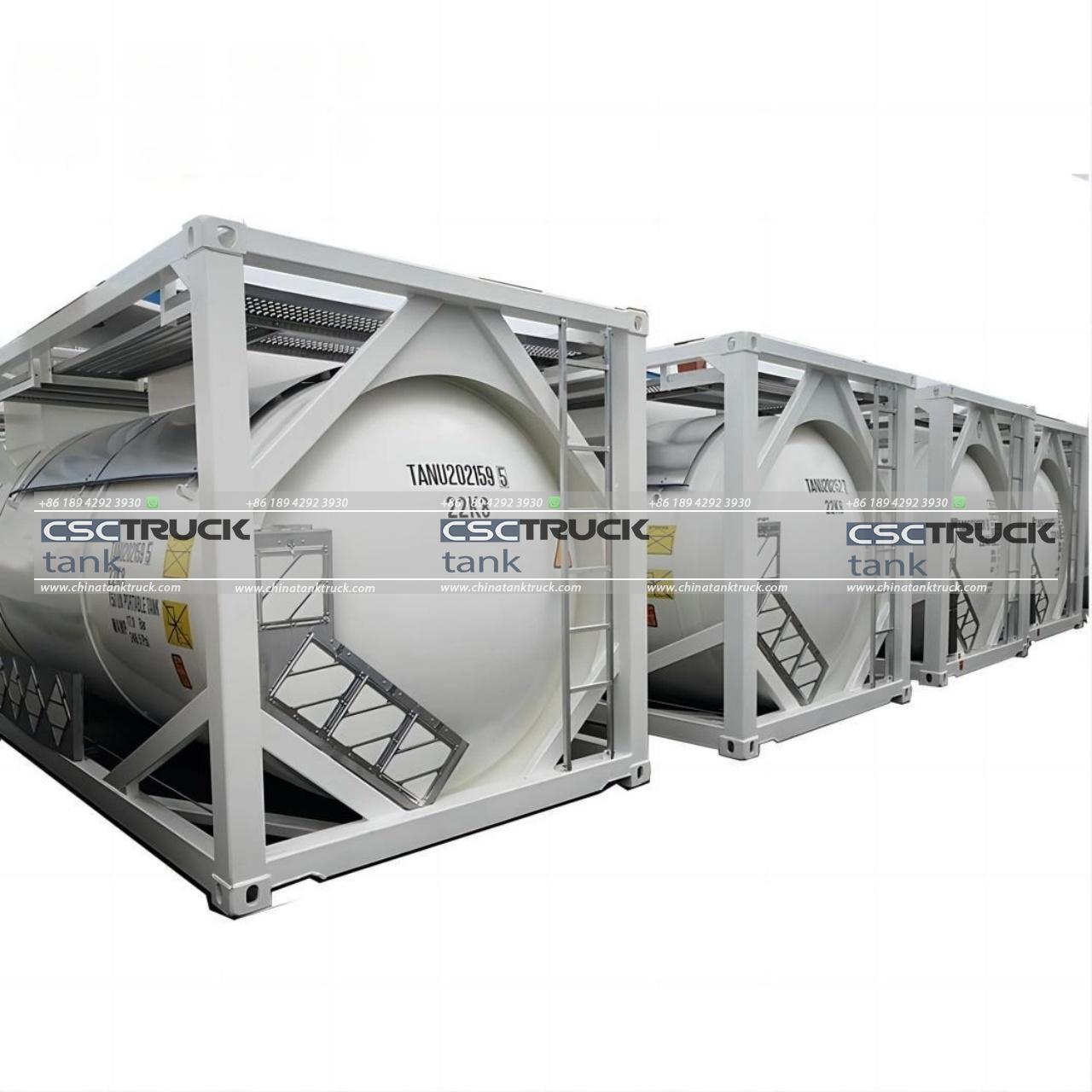Why is it Called an ISO Tank?
The term “ISO tank” is frequently used in logistics, but not everyone understands what it truly signifies. The ISO tank, also known as an ISO tank container, is a crucial component in the global transportation of liquids and gases, playing a central role in facilitating trade. To understand why it’s called an “ISO tank,” it’s essential to explore the origins of the name, the standards governing its design, and its significance in the shipping industry.
What Does “ISO” Stand For?
The name “ISO tank” comes from the International Organization for Standardization (ISO), which is an international body that develops and publishes standards for a wide variety of industries. The ISO sets global standards to ensure quality, safety, and efficiency across various products and services.
For ISO tanks, the ISO 6346 standard applies. This standard defines the dimensions, strength, and testing procedures for containers used in intermodal transportation, which means they can be moved across different transportation modes like ships, trucks, and trains without having to unload the contents. Hence, an ISO tank refers to a tank container that adheres to the ISO standards for design and construction.

The ISO Standards and Their Importance
The role of ISO standards in the shipping industry is paramount. ISO develops guidelines that ensure the tank containers used in transporting hazardous and non-hazardous liquids are safe, reliable, and uniform. Uniformity across containers makes it possible to stack, store, and move tanks in a streamlined manner, regardless of the mode of transportation or location.
The standardized design ensures that the tank containers are compatible with the infrastructure available at ports, rail terminals, and highways, enabling smoother, more efficient operations. Without these standards, different-sized tanks and containers would create logistical challenges, delays, and higher risks for workers, goods, and the environment.
ISO tanks must meet stringent testing requirements, ensuring their durability and ability to withstand the pressures, temperatures, and stresses that occur during transportation. The rigorous standards also help to prevent accidents, leaks, or environmental harm, particularly when the tanks are used to transport hazardous substances such as chemicals, toxic gases, and fuel.
The Structure of ISO Tanks
An ISO tank is a large, cylindrical container surrounded by a steel frame that adheres to the ISO 6346 standards. The tank itself is constructed from high-grade stainless steel, designed to transport various liquid cargo, from chemicals to food-grade materials. The tank is mounted inside a frame that is typically 20 feet long, 8 feet wide, and 8.5 feet high, dimensions that align with the ISO standards for intermodal containers.
The basic components of an ISO tank include:
1. The Tank Barrel: The actual storage vessel for the liquid. It is made from stainless steel or, sometimes, specialized alloys designed to withstand corrosion and maintain the integrity of the stored materials.
2. Manhole: Located on top of the tank, the manhole allows for the inspection, loading, and cleaning of the tank.
3. Valves and Fittings: These are located at the bottom or top and are used for loading and unloading the liquid cargo.
4. Insulation and Heating Coils: Some ISO tanks are fitted with insulation and heating mechanisms to maintain a certain temperature for temperature-sensitive materials.
5. Frame: The steel frame surrounds the tank, making it compatible with cranes, trucks, and stacking equipment.

Why ISO Standards Matter in Tank Design
The reason ISO standards are so critical in the design of these tanks is safety and efficiency. ISO standards dictate specific materials, designs, and production techniques that make these tanks more resilient, leak-proof, and capable of handling hazardous and corrosive substances. Whether the tank is carrying food products, industrial chemicals, or hazardous waste, adhering to the ISO standards minimizes the risks of contamination, leaks, and accidents.
Beyond safety, the standards also make these tanks interchangeable worldwide. A manufacturer in one part of the world can produce tanks that meet the same standards as those produced in a completely different country, allowing for consistency and ease in global shipping operations. This is particularly important in intermodal transport, where a tank may need to be transferred from a truck to a ship to a railcar. The standardized size ensures that the tank will fit into existing transportation and handling systems no matter where it is being transported.
ISO Tank Applications: Versatility and Global Reach
ISO tanks are primarily used for transporting liquids, both hazardous and non-hazardous. The most common types of cargo include:
– Chemicals: ISO tanks are heavily used for transporting industrial chemicals, acids, and other hazardous materials that require special handling.
– Liquefied gases: Propane, butane, and other gases in their liquid state can be safely stored and transported in ISO tanks.
– Food-grade liquids: ISO tanks also serve the food industry by transporting edible liquids like vegetable oils, wine, and juices. These tanks meet stringent hygiene standards to avoid contamination.
– Pharmaceutical products: Some pharmaceuticals are temperature-sensitive or need sterile environments, making ISO tanks ideal due to their optional heating and cooling systems.

Why Choose ISO Tanks?
There are several key reasons companies choose to use ISO tanks for their transportation needs:
1. Safety: One of the main reasons ISO tanks are widely used is their adherence to international safety standards. Their robust design makes them resistant to leaks and spills, even in the case of accidents. Additionally, ISO tanks are made from materials that can withstand the transport of hazardous chemicals and gases.
2. Efficiency: Since ISO tanks are standardized, they allow for more efficient transport and handling. Whether it’s being transported by ship, truck, or train, the same tank can be used without needing to transfer the contents to another container.
3. Cost-Effectiveness: By reducing the need for transshipment, ISO tanks lower the overall cost of transporting goods. Additionally, their long-lasting stainless steel construction means that they can be reused many times, providing a high return on investment.
4. Environmentally Friendly: ISO tanks are reusable, which helps reduce packaging waste. Furthermore, their leak-proof design minimizes the risk of spills that could harm the environment.
5. Versatility: ISO tanks can transport a wide variety of liquids, from hazardous chemicals to food-grade materials, which makes them versatile across many industries.
Conclusion
The reason these containers are called “ISO tanks” is due to their adherence to the globally recognized standards set by the International Organization for Standardization. By maintaining these strict design and manufacturing standards, ISO tanks ensure safe, efficient, and environmentally friendly transportation of liquids and gases across the globe. Their role in the logistics chain is indispensable, making it easier and safer to transport everything from industrial chemicals to food products. Through the adoption of ISO standards, industries benefit from uniformity, reducing logistical challenges and making global trade more efficient.

